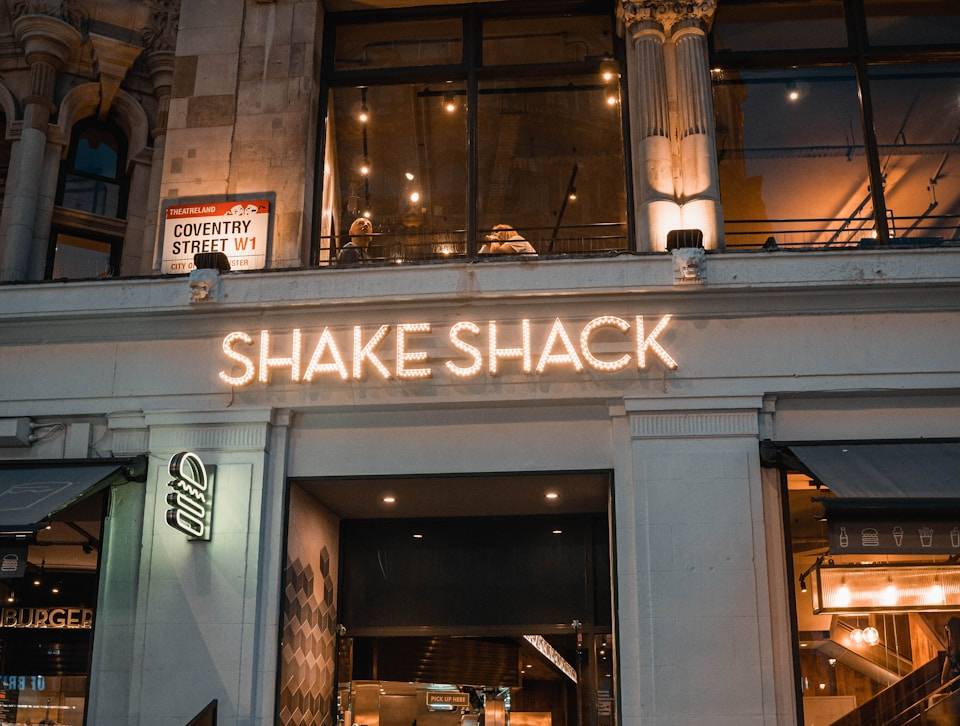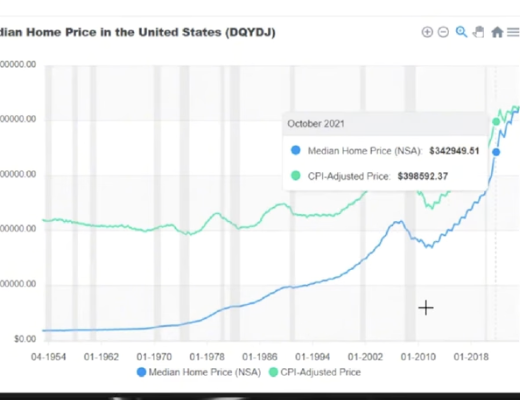Shake Shack Inc. experienced a significant market setback as its shares plummeted 11% during early trading in New York. The sharp decline followed the burger chain’s disappointing third-quarter revenue forecast, which fell short of market expectations.
The company attributed the underwhelming projection to ongoing inflation pressures and increasingly cautious consumer spending behavior. This market reaction highlights growing concerns about the restaurant industry’s ability to maintain growth amid economic challenges.
Economic Pressures Weighing on Performance
The fast-casual burger chain’s forecast suggests that economic headwinds are taking a toll on its business operations. With inflation continuing to impact both operational costs and consumer purchasing power, Shake Shack appears to be facing a challenging business environment.
Consumer caution appears to be a key factor in the company’s revenue struggles. As diners become more selective with discretionary spending, premium-priced fast-casual restaurants like Shake Shack may be particularly vulnerable to shifts in consumer behavior.
Market Response and Industry Implications
The 11% stock decline represents one of the more substantial single-day drops for the company in recent periods. Investors responded swiftly to the news, signaling concerns about the company’s near-term growth trajectory.
The negative market reaction may also reflect broader worries about the restaurant sector as a whole. Shake Shack’s challenges could be indicative of industry-wide pressures as food service businesses navigate:
- Rising food and labor costs
- Changing consumer spending patterns
- Increased competition for limited dining dollars
Consumer Spending Patterns Shifting
The reference to “cautious diners” in Shake Shack’s forecast points to evolving consumer behavior in the current economic climate. Restaurant patrons appear to be more selective about dining out, potentially reducing visit frequency or choosing lower-priced options.
This shift in consumer behavior presents a particular challenge for Shake Shack, which positions itself as a premium fast-casual option with correspondingly higher price points than traditional fast-food competitors.
The company’s forecast indicates that inflation and consumer caution are directly impacting revenue expectations for the upcoming quarter.
Financial analysts will likely be watching closely to see if this trend continues across other restaurant chains, particularly those in the fast-casual segment that have typically commanded premium pricing.
The coming months will be critical for Shake Shack as it navigates these economic challenges. The company may need to consider promotional strategies, menu adjustments, or operational efficiencies to address the revenue shortfall and regain investor confidence.
As inflation concerns persist and consumer spending remains under pressure, Shake Shack’s performance could serve as a barometer for the broader restaurant industry’s health in the current economic environment.







